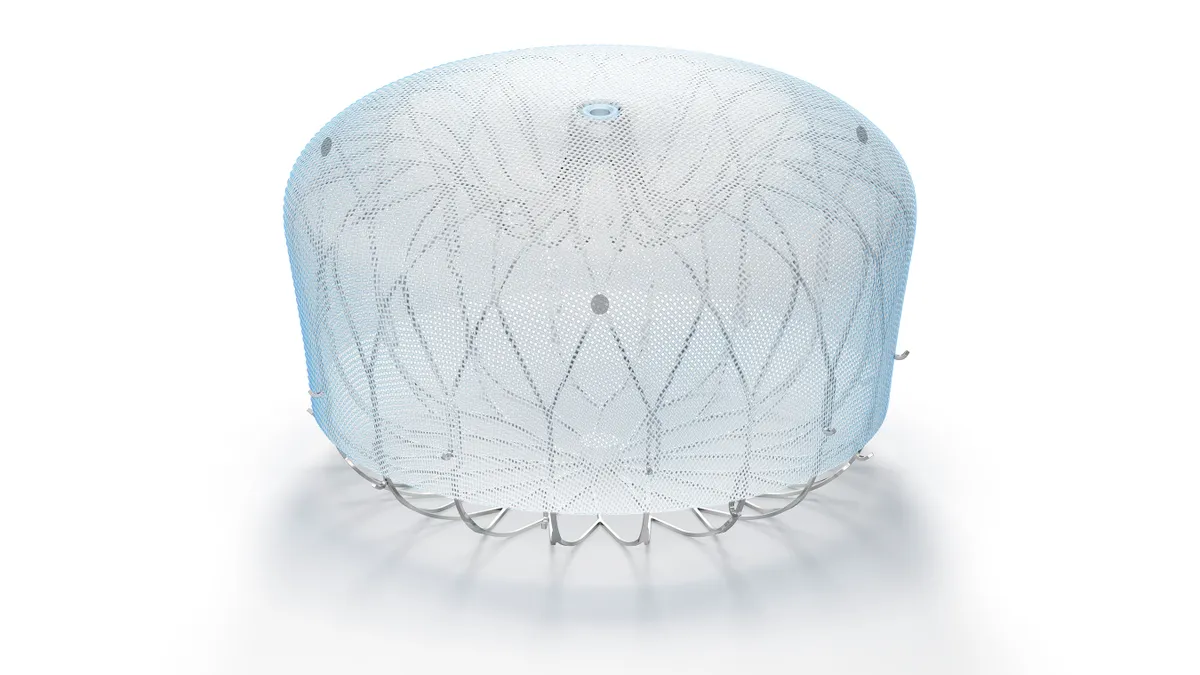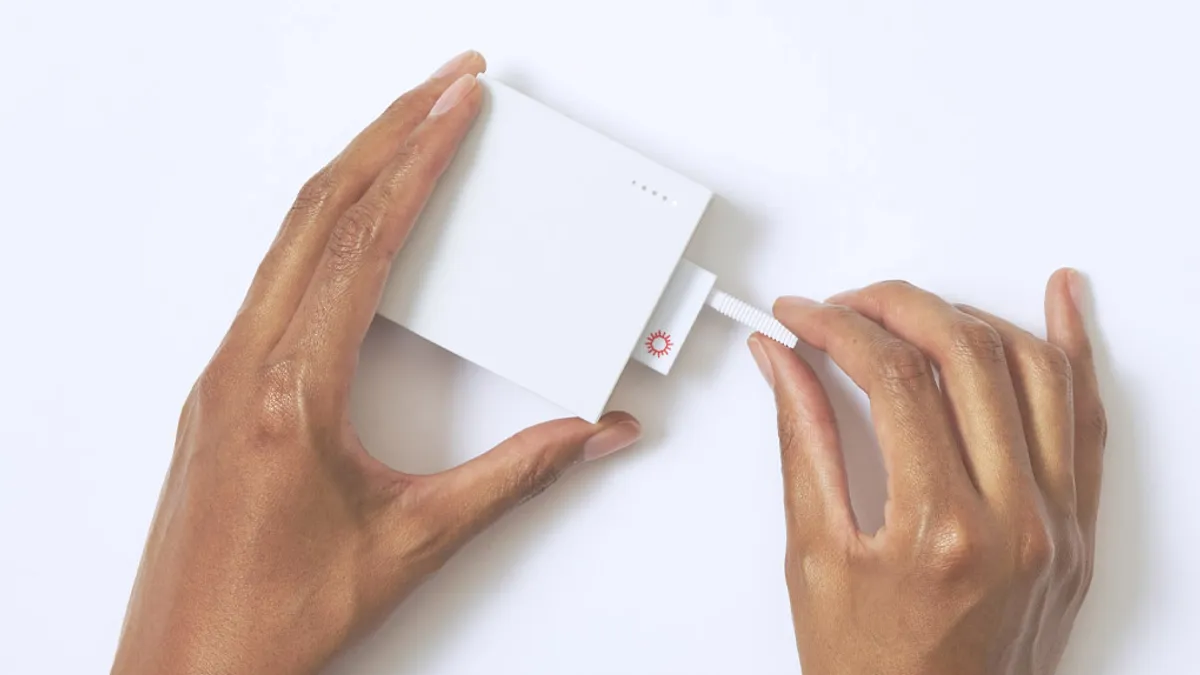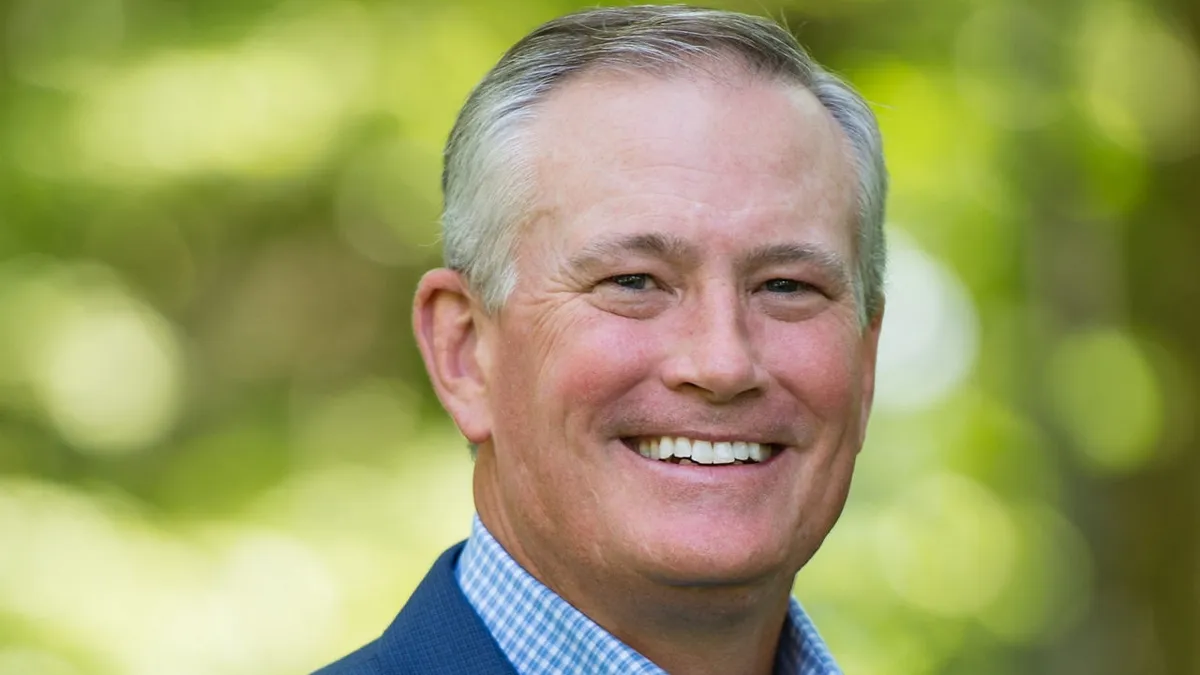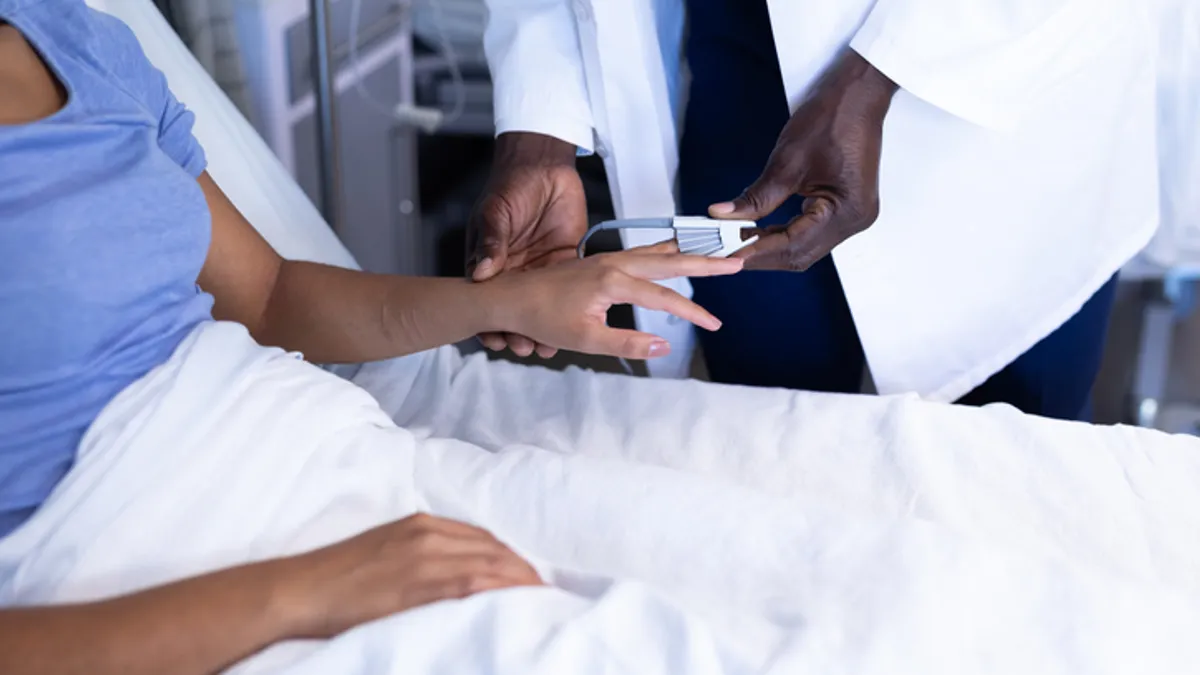As the pandemic intensified in the U.S., FDA granted emergency use authorizations for a slew of medical devices to fill shortages of crucial medical supplies when hospitals began filling up with COVID-19 patients.
The special authorizations were made for devices ranging from COVID-19 tests and personal protective equipment to ventilators and remote patient monitoring devices. EUAs allow products not yet cleared or approved to be used or allow devices to be used beyond their original indication to help address the pandemic.
Marcus Schabacker, CEO of the watchdog group ECRI, said the use of EUAs can compromise patient safety because of the shortened review process and communication challenges when an EUA is revoked could lead to patients being treated with unsafe devices.
"The FDA in rapid manner authorized hundreds, literally hundreds, now over 1,000, consumables and devices with EUA," Schabacker said. "For us, that was an alarm bell because for medical devices, in particular, we don't believe that we still have found the right approach for clearing those devices for usage."
Schabacker added that there are already safety concerns with the primary medical device review process, the abbreviated 510(k) pathway, and EUAs "shortcut the shortcut."
While the delta variant of the coronavirus has sparked another surge across the U.S., the CEO contends that the crisis has eased from levels seen last year and the EUA risks need to be addressed by regulators and industry.
This interview has been lightly edited for clarity and brevity.
MEDTECH DIVE: What were some of the concerns that ECRI and you had in the early months of the pandemic as the FDA was issuing EUAs?
MARCUS SCHABACKER: We started really getting into that pretty much right away. The alarm bells went off because it looked very indiscriminate as to who got an EUA and who didn't. When we then began discussing what were the biggest risks for this year, the EUAs came to mind.
Because in the eyes of the clinician, the device shows up on their shelf or on their floor as safe to use, and a lot of them don't even know that this never went through any proper procedure to be cleared for marketing. So, they use it with the assumption that it is a safe and effective device, and the FDA has no way through an EUA in determining that, particularly not if the agency pumps out hundreds of them.
I'm not blaming the FDA. There were no supplies, there were new things we needed and there were products that we thought could be useful but didn't have the proper indication. In an emergency situation, as we had a year ago, the FDA needs to do whatever they can to get the supplies to the people. That's an understandable reaction. Would I have hoped that they would have been somewhat more discriminatory? Yes.
Now, we're certainly not in a crisis anymore when it comes to supplies. And I think it behooves the FDA to really take a much more aggressive approach in looking at those EUAs under criteria like if there is sufficient supply of an approved device, if there is a need for that device in the treatment of COVID-19 and if there have been any reports on issues of that device during the EUA.
Should the medtech industry help determine whether some of these EUAs are still necessary and safe, especially considering the additional workload the FDA is dealing with during the pandemic?
SCHABACKER: I absolutely do.
As industry, you got those EUAs, and you have an obligation now that the crisis is over to be proactive and provide the necessary data to the FDA.

Marcus Schabacker
You can provide the use data for that product, adverse events that were captured and lab tests that would have been provided if it were a 510(k) or premarket approval application. Be proactive about it, don’t wait for it. Because I think you have a moral obligation to provide FDA with these data sets.
Look, we were in a crisis, and everybody needed to help. But let's face it, a lot of people made a lot of money out of the crisis. I'm not blaming industry, but the crisis is over. You made your money. Now, let's go back to playing in the sandbox as we all had agreed to before to make sure that patients are safe.
All players involved need to do their piece.
Hospitals have an obligation, too, under the EUA. Hospitals need to manage these devices very differently. They need to keep track of them and know where they are. And if an EUA gets revoked, it's like a recall, you have to ensure that product gets removed from the shelf. If it's being used to treat a patient, you can finish the treatment of that patient. But after that, you n
Hospitals have an obligation, too, under the EUA. Hospitals need to manage these devices very differently. They need to keep track of them and know where they are.

eed to make sure it gets locked up with a big yellow sign on it saying, "Not for human use." And you need to document that you have done that because you are liable if something happens.
The obligation is with the hospital that they monitor this and track this proactively.
It's not an unsolvable problem, but it won't go away by itself, and it can potentially be dangerous because we have hundreds and hundreds of EUAs out there.
Are you concerned that going forward devices will be used to treat patients after an EUA is revoked?
SCHABACKER: Absolutely. It could be an issue that these devices are not safe and putting patients in danger. That's why the medtech industry, hospitals, third parties like ours, the FDA and other government agencies need to work together to make sure that patients stay safe.
What are some other safety concerns that have come up during the pandemic that you are worried about?
SCHABACKER: The number one is staffing shortages. Particularly among nurses, but also physicians. The burnout and the things we have asked nurses and physicians to do during this pandemic are just incredible. We can only do that so long, the human body is only able to take so much punishment.
If you think about some of the mental health issues in particular, like folks who stayed away from their families because they didn't want to risk bringing the virus back. They've camped out in tents and hotels and cars and god knows where, trying to protect their loved ones, and they are not able to unload, so to speak, and get their balance back. Suicide has been up with healthcare workers.
Staffing shortages and mental health issues are the two key issues we have seen.
There have been numerous reports about the increase of cyberattacks during the pandemic, impacting both healthcare providers and the medtech industry. Is this a priority for ECRI? And what do you think can be done to protect patients as the rate of attacks seems to be increasing?
SCHABACKER: Cybersecurity is absolutely right at the top of our concerns. From hospitals being hacked and being taken for ransom to protecting patient data and ensuring medical devices like pacemakers are not compromised.
It is necessary that regulators, industry, users, prescribers, and independent organizations come to the table and say, "Here are the minimum things we've got to do."
Industry is always going to push back because it's going to be expensive. Government agencies often don't have the right experts because they work either in the industry or they work on the hacker side, where they're making tons and tons of money. So, users are left to their own devices. But what do you know as a normal patient about cybersecurity and protecting medical devices?
And then, of course, the physicians and clinicians need to be keenly aware of these issues and how to protect their patients.
One of the trends that have really taken off during the pandemic is the use of wearable devices, telehealth and other forms of at-home or remote care. Do you think this explosion in use or adoption could put patient safety at risk?
SCHABACKER: We have identified that as a key risk going forward.
The human factor associated with everything in telemedicine and some of the things that we are asking people to do — measuring your temperature, measuring your blood pressure, measuring your oxygen saturation — is of concern because these over the counter devices have even less rigor in being able to be marketed than regular medical devices. If you go on Amazon and look for pulse oximeter devices, you have 1,000 vendors. How do you know which one of those you can trust?
What we are really concerned about with this explosion in new ways of delivering care is that there are no standards, nothing. There are no proven pathways and no guidelines on how to do this right. You can't put the genie back into the bottle — and I don't think it's necessary because I think home care is actually a good alternative — but we need to do a lot of catchup work.
















